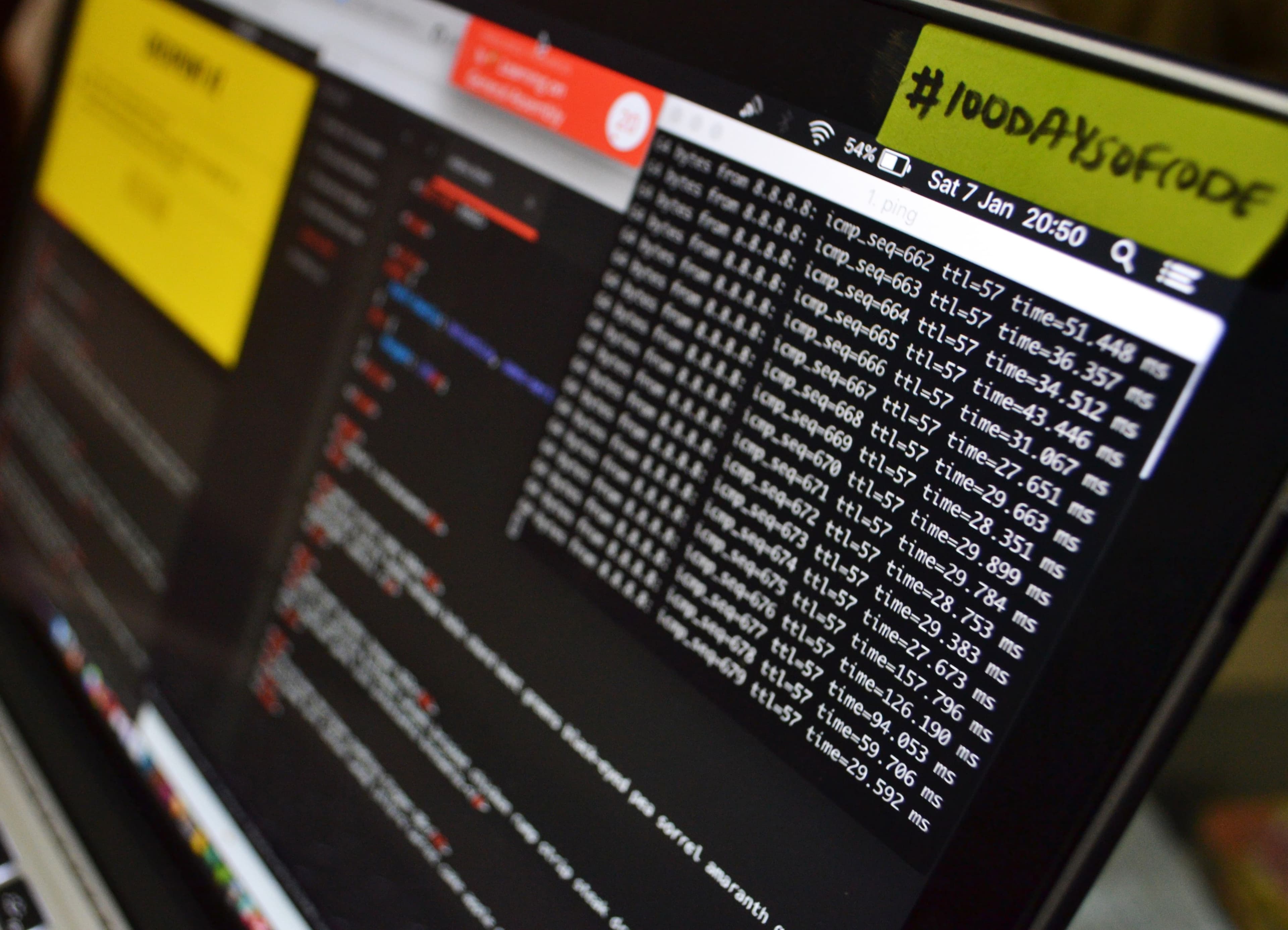← See all posts
Single Thread + Background Processing vs. Multithreading: What’s the Difference?
Technology

If you’re diving into the world of JavaScript or trying to understand how different programming models work, you’ve probably heard terms like “single-threaded,” “multithreading,” and “background processing.” These terms might seem complicated at first, but they’re actually not too hard to understand once you break them down. Let’s explore what makes single-thread + background processing different from multithreading — and why they both matter.
What Is Single Thread + Background Processing?
JavaScript is single-threaded, meaning it has one main thread that runs code. Think of it like a person reading a list and checking things off one by one. Only one task gets their attention at a time. However, JavaScript also uses background processing to handle multiple things without blocking the main task list, and this is thanks to tools like event loops and Web APIs.
Here’s the trick: even though JavaScript can only run one piece of code at a time on the main thread, it can still manage other tasks in the background — like waiting for an API response or handling a timeout. Once those background tasks are ready, they get added back to the main thread to be processed, without messing up the flow. This clever setup lets JavaScript handle complex apps smoothly without freezing the user interface.
How Does Multithreading Work?
On the other hand, multithreading means running multiple threads in parallel — essentially doing different tasks at the exact same time. Imagine a kitchen with multiple chefs, each working on a different dish simultaneously. Each chef (or thread) can work independently, which makes everything faster and more efficient, especially when there are a lot of dishes (tasks) to prepare.
Languages like Java or C++ often use multithreading, especially when they need to perform heavy calculations or when tasks are independent from each other. Multithreading can take full advantage of modern CPUs with multiple cores, which allows for true parallel execution of tasks.
So, What’s the Real Difference?
- Threads and Parallelism:
- Single-thread + Background Processing: JavaScript’s main thread is single-threaded, meaning it can only do one thing at a time. But thanks to background processing and the event loop, it can manage multiple tasks pretty well. It’s not true parallelism, but it’s efficient enough for most web applications.
- Multithreading: Multiple threads can run in parallel, meaning that completely different tasks can be processed simultaneously. This is like a kitchen with several chefs working together instead of just one.
- Handling Background Work:
- Single-thread + Background: JavaScript’s background processing is handled by things like Web APIs. When you use setTimeout or make a fetch call, those tasks get handled in the background, and once they’re done, they get pushed back to the main thread by the event loop.
- Multithreading: Background tasks are handled by separate threads entirely, which can run at the same time without waiting for the main thread to free up. This means each thread has its own workload and can run fully independently.
- Use Cases:
- Single-thread + Background Processing is great for UI-heavy applications, like web pages, where it’s important to keep things smooth and responsive. JavaScript’s event loop keeps the main thread free enough to handle user interactions while waiting for slower operations to complete in the background.
- Multithreading is ideal for tasks that are computationally expensive, like processing huge datasets or running complex calculations. It’s all about power and efficiency when you need a lot done at once.
Wrapping It Up
Single-threaded JavaScript, paired with clever background processing, does a lot of work to make sure web apps feel snappy and responsive. It’s not true multithreading, but it makes things work smoothly without overwhelming your system. Meanwhile, multithreading allows different tasks to run in parallel, which is great for demanding jobs that need all the processing power they can get.
In a nutshell: JavaScript uses one thread but has tricks to handle multiple things smoothly, while multithreading is all about running lots of stuff at once, with each thread handling its own work independently. Each approach has its strengths, depending on what you’re trying to achieve.